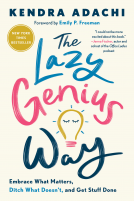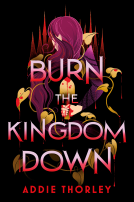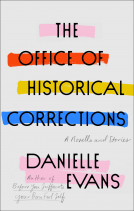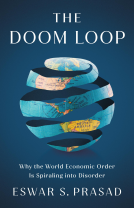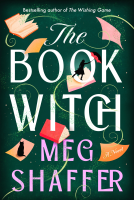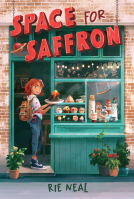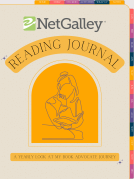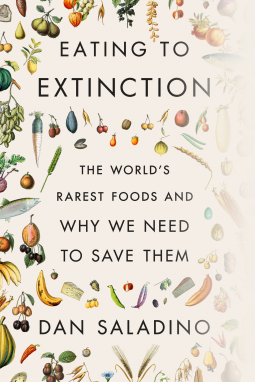
Eating to Extinction
The World's Rarest Foods and Why We Need to Save Them
by Dan Saladino
This title was previously available on NetGalley and is now archived.
Send NetGalley books directly to your Kindle or Kindle app
1
To read on a Kindle or Kindle app, please add kindle@netgalley.com as an approved email address to receive files in your Amazon account. Click here for step-by-step instructions.
2
Also find your Kindle email address within your Amazon account, and enter it here.
Pub Date Feb 01 2022 | Archive Date Oct 20 2022
Description
A New York Times Book Review Editors' Choice
What Saladino finds in his adventures are people with soul-deep relationships to their food. This is not the decadence or the preciousness we might associate with a word like “foodie,” but a form of reverence . . . Enchanting." —Molly Young, The New York Times
Dan Saladino's Eating to Extinction is the prominent broadcaster’s pathbreaking tour of the world’s vanishing foods and his argument for why they matter now more than ever
Over the past several decades, globalization has homogenized what we eat, and done so ruthlessly. The numbers are stark: Of the roughly six thousand different plants once consumed by human beings, only nine remain major staples today. Just three of these—rice, wheat, and corn—now provide fifty percent of all our calories. Dig deeper and the trends are more worrisome still:
The source of much of the world’s food—seeds—is mostly in the control of just four corporations. Ninety-five percent of milk consumed in the United States comes from a single breed of cow. Half of all the world’s cheese is made with bacteria or enzymes made by one company. And one in four beers drunk around the world is the product of one brewer.
If it strikes you that everything is starting to taste the same wherever you are in the world, you’re by no means alone. This matters: when we lose diversity and foods become endangered, we not only risk the loss of traditional foodways, but also of flavors, smells, and textures that may never be experienced again. And the consolidation of our food has other steep costs, including a lack of resilience in the face of climate change, pests, and parasites. Our food monoculture is a threat to our health—and to the planet.
In Eating to Extinction, the distinguished BBC food journalist Dan Saladino travels the world to experience and document our most at-risk foods before it’s too late. He tells the fascinating stories of the people who continue to cultivate, forage, hunt, cook, and consume what the rest of us have forgotten or didn’t even know existed. Take honey—not the familiar product sold in plastic bottles, but the wild honey gathered by the Hadza people of East Africa, whose diet consists of eight hundred different plants and animals and who communicate with birds in order to locate bees’ nests. Or consider murnong—once the staple food of Aboriginal Australians, this small root vegetable with the sweet taste of coconut is undergoing a revival after nearly being driven to extinction. And in Sierra Leone, there are just a few surviving stenophylla trees, a plant species now considered crucial to the future of coffee.
From an Indigenous American chef refining precolonial recipes to farmers tending Geechee red peas on the Sea Islands of Georgia, the individuals profiled in Eating to Extinction are essential guides to treasured foods that have endured in the face of rampant sameness and standardization. They also provide a roadmap to a food system that is healthier, more robust, and, above all, richer in flavor and meaning.
Available Editions
| EDITION | Other Format |
| ISBN | 9780374605322 |
| PRICE | $30.00 (USD) |
| PAGES | 464 |
Average rating from 20 members
Featured Reviews
This book was fascinating and a definite must read! Given the nature of it, I was a bit worried it may get a bit monotonous at some points, but I was pleasantly surprised to find it engaging throughout. I enjoyed the author's writing style and the depth he went into. He discussed endangered foods, but also gave a fairly thorough history of them. As diseases spread and take out more and more of our homogenous food supply, this book is so relevant and important for everyone to read. Most produce and animal products are made from one to a few international varieties and while they are varieties that may produce increased yields, they are less resistant to disease. This is already causing huge issues in the food industry and the problems are only beginning if something doesn't change. I love that there are numerous people around the world seeking to change this and bring back varieties indigenous to their areas. This book provided the perfect balance of raising an alarm for a concerning issue while also bringing hope that many are working to help make changes and helping the reader understand that there is hope for the future if the appropriate changes are made.
A really intriguing book, which will be interesting not only for the loving food, but for anyone who is interested in biodiversity. The book really gives a broad look, explains the significance of different cultures, foods, gives historical remarks, and explains how the industry affects the environment. I recommend!
 Michelle A, Media/Journalist
Michelle A, Media/Journalist
This was a really fascinating read. I'm sure there are many ways this could be structured. While I'm sure some readers would want a deeper dive into one topic or another, I appreciated the varied exploration of different foods, and the different parts of the world they covered. I especially appreciated the narratives woven throughout, and the history included for context. Sometimes insertions of personal travels can overtake nonfiction texts like this, but the food remained at the center of each narrative. I definitely think this is a great read for anyone interested in food history.
Readers who liked this book also liked:
Sean Sherman; Kate Nelson; Kristin Donnelly
Cooking, Food & Wine, History, Multicultural Interest
Michael Livingston
General Fiction (Adult), Historical Fiction, Sci Fi & Fantasy
